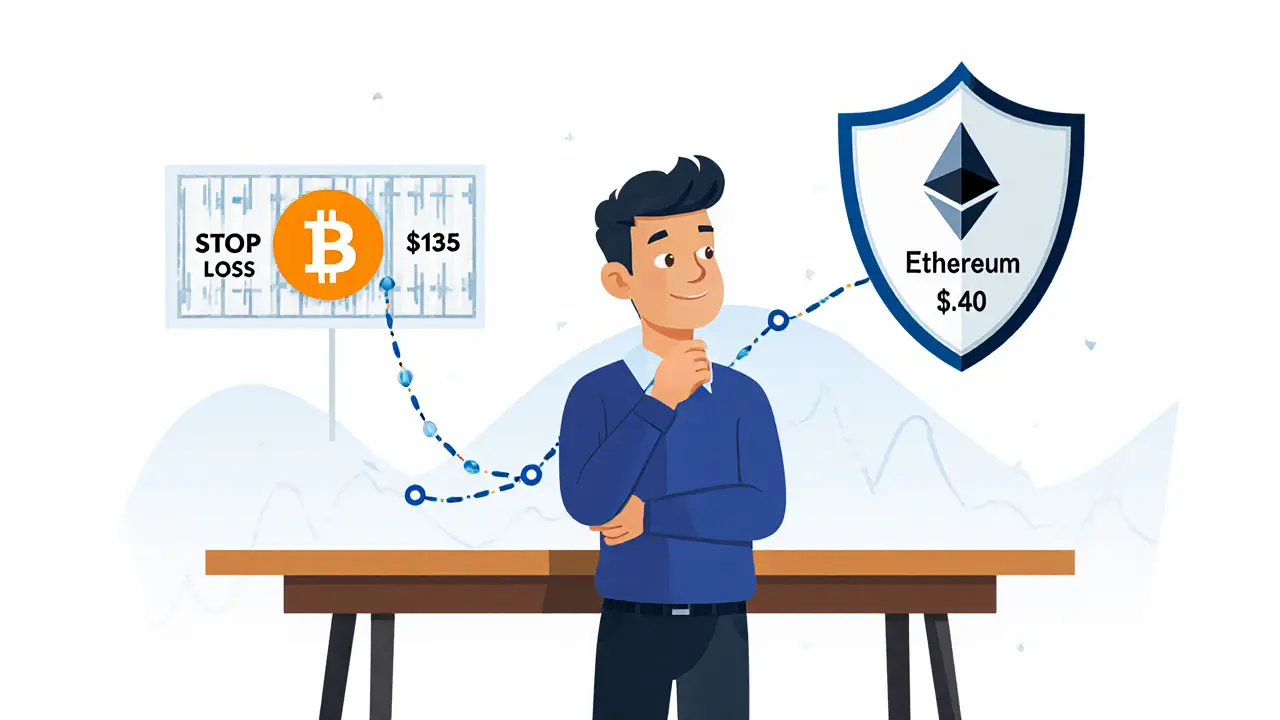Trading Orders Explained: Types, Strategies, and Real Market Examples
When you buy or sell crypto, you’re not just clicking a button—you’re placing a trading order, a set of instructions that tells an exchange exactly how and when to execute your trade. Also known as order types, these commands control everything from price to timing, and getting them wrong can cost you money—fast. Most beginners think a buy button means "buy now at whatever price," but that’s just one of many ways to place a trade. The real power comes in knowing when to use a limit order, an instruction to buy or sell only at a specific price or better, when to use a market order, an immediate execution at the best available price, or when to set a stop order, a trigger that activates a trade once a price hits a certain level.
Trading orders aren’t just technical tools—they’re survival gear in volatile markets. On platforms like PancakeSwap V3 or Verse, where fees are near zero and liquidity shifts by the minute, a market order can mean buying a token at 20% above its true value because there’s no one else selling at that moment. Meanwhile, a limit order might sit unfilled for hours while the price drops, but it protects you from overpaying. Stop orders aren’t just for losses—they’re used by traders to lock in profits automatically when a coin pumps. You don’t need fancy software to use them. You just need to understand what each one does. Look at the Zeddex Exchange review: users lost money not because the platform was hacked, but because they used market orders on a zero-liquidity pair and got filled at insane prices. On the flip side, people using limit orders on Curve Finance’s stablecoin pools earned steady returns without ever watching the screen.
Why Your Order Type Matters More Than the Coin You Buy
It’s not about whether Bitcoin goes up or down—it’s about how you enter and exit. A stop-loss order on THOREUM could’ve saved someone from holding a token that vanished after a fake airdrop scam. A limit order on WADA could’ve let someone buy Wrapped Cardano at $0.12 instead of chasing it up to $0.18 during a hype spike. Even in places like Pakistan or Egypt, where people trade crypto through P2P because banks block them, the smart traders use limit orders to avoid getting ripped off by cash buyers offering below-market rates. Trading orders turn guesswork into strategy. They turn panic into plan. And they’re the reason some people walk away with profits while others lose everything—even when the market moves the same way for both.
Below, you’ll find real reviews and case studies from platforms like Darkex, Zeddex, and Verse that show exactly how trading orders play out in messy, real-world conditions—not theory, not hype, not promises. Some posts expose scams built on people misunderstanding stop orders. Others show how liquidity mining strategies rely on precise limit orders to maximize yields. You’ll see how Thai traders use tax exemptions by timing their trades with limit orders, and how Nepali users avoid prison by avoiding market orders on banned exchanges. This isn’t a textbook. It’s a field guide to what actually works when the market’s moving and your money’s on the line.
Stop-Loss vs Trailing Stop: Which One Protects Your Crypto Trades Better?
Stop-loss and trailing stop orders are essential tools for protecting crypto trades. Learn how each works, when to use them, and how top traders combine both to maximize gains and minimize losses.
Details +